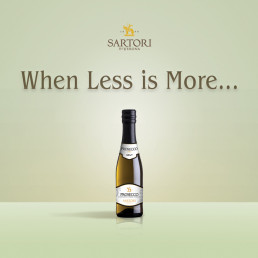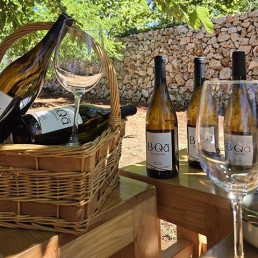Zin’s In: California’s Heritage Variety
A look at California’s Heritage Variety, its ties to Italy and some great examples
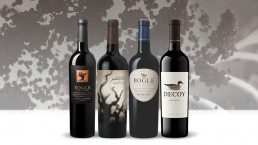
We’re all familiar with Californian Chardonnay. We’re all familiar with the lush Cabernets and Merlots out of Napa Valley, but how familiar are you with “America’s Heritage Varietal”?
“The story of Zinfandel is like a romantic thriller, a mystery I have been following over the last 30 years…”
Jancis Robinson
With a number of juicy, riveting and flavoursome sophisticated Zinfandel renditions in our portfolio from both established favourite producers and astounding newcomers, it’s time to shine a light on our beloved Zin’.
Zinfandel in a Nutshell
At a glance, Zinfandel is a red wine variety with small, black-skinned grapes.
It produces ‘White Zinfandel’ wines (which tend to be rosés on the sweeter end of the scale) and juicy reds that are most often characterized by their “spice” and robustness. It can achieve both styles quite easily due to the grape’s relatively high sugar content, so during fermentation some sugars can be kept while also allowing the alcoholic fermentation to occur. Skilled winemakers can balance these sugar levels to create dry, sophisticated wines with great flavour that also aren’t too high in alcohol.
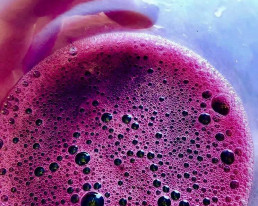
Zinfandel in California
Zinfandel is one of the widest planted varieties in California, making up around 11% of California’s vineyard plantings, placing it third behind only Chardonnay and Cabernet Sauvignon and actually just ahead of Merlot. But for a long time its exact origins were a bit of a mystery…
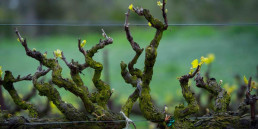
Zinfandel: A Timeline
1850’s – A New Variety: In the 1850’s Gold Rush to California, some notable horticultural figures such as William Robert Prince and Frederick W. Macondra took Zinfandel along with them…
1870’s – Just Kidding: …but ultimately Prince’s notebook records that he actually believed his Zinfandel was the same as the “Black Sonora” he found once in California. When the vine known as “Black St. Peters” arrived in California, it was initially regarded as a distinct variety, but by the 1870s, it was recognized as the same grape as Zinfandel.
Regardless of its origins, though, it was making waves…
“By the middle of the 19th century a vine variously called Zinfandel and Zinfandal had established itself in northern California and was prized for its productivity. A visiting French winemaker even pronounced that its wine was ‘like a good French claret’.”
Jancis Robinson
Later 1900’s – All about the French: As winemaking post prohibition took off, Cabernet Sauvignon from France came into vogue. Wine and France have always been synonymous, so when no records of Zinfandel were found as this new era of French-inspired winemaking took hold, Zinfandel’s origins were shrugged off. It must have always been here, right?
1993 – Wrong: Whispers of similarity to Italy’s Primitivo grape started to spread through the 70’s and 80’s and they were confirmed to be clones in 1993 by UCD professor Carole Meredith.
2001 – It’s Even Older: Similarities between Zinfandel and Primitivo were one thing, but there were people throughout the late 20th century also noticing Croatian ‘Plavac Mali’ was similar. This theory was discounted when it was found that though the grapes were related, they were not identical. But research continued and in 2001, in Croatia’s Kaštel Novi area a sample of Crljenak Kaštelanski (“Kaštela Red” or “Tribidrag” or “Zagarese”) grapes from a vineyard were confirmed to also be Zinfandel/Primitivo, and perhaps the actual homeland of the varietal. Professor Meredith now refers to the variety as “ZPC” – Zinfandel / Primitivo / Crljenak Kaštelanski.
No matter where it came from, where it originated or how long it’s been floating around, Zinfandel is as American as apple pie in the minds and hearts of the Californians. For many, it will have been their first foray into the world of wine and it’s still widely dubbed ‘America’s Heritage Variety’ as it helped to put it on the wine maps of the world.
No matter where it came from, nobody can say Zinfandel hasn’t made its home in American soil, producing some damn good wine.
Zinfandel’s Reputation
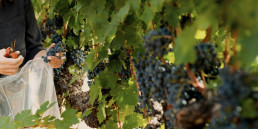
Few wines have emerged in 2025 with a blemish-free reputation. Golden child Chardonnay had the ‘ABC’ movement, Gamay was slandered and even outlawed in Burgundy! And Zinfandel was not immune to judgement, either. For a number of years it was dismissed as being an alcohol-heavy fruit bomb wine with little complexity or a ‘lolly water’ in the form of ‘White Zinfandel’ but this storied heritage variety is incredibly versatile.
Though heavy fruit bombs or semi-sweet rosé may be your jam (we’ve all got our things) it’s not really a good way to showcase the complexity or beauty of a varietal so we’re incredibly lucky that a number of wineries in America are producing mesmerizingly delicious renditions that are capturing the hearts and palates of those at all ends of the wine-loving spectrum for their sophisticated and food-friendly dry drops. Places like Bogle and Decoy…
Bogle’s Zinfandels
Well known in New Zealand for its buttery, bold and brilliant Chardonnay, Bogle has a number of other arrows in its (delicious) quiver, including some wonderful Zinfandel.
Bogle Old Vine Zinfandel
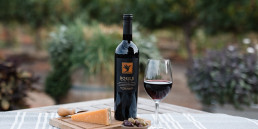
Perhaps the most well-known of their Zinfandel portfolio, OV Zin’ has a strong supporter base here in NZ. For years, Bogle winemakers have sought out vines ranging in age from an astonishing 60 to 80 years old for the Old Vine Zinfandel. These gnarly head-trained and dry farmed pioneers produce low yields of small, concentrated clusters of fruit, producing incredibly intense and flavourful wines.
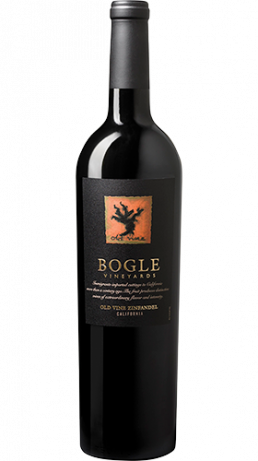
2022 Old Vine Zinfandel
- Aged for 12 months in 2-year-old American oak
- 14.5% Alc
On the nose, vibrant black currant and juniper berry aromas mingle with layers of new leather and black pepper spice. On the palate, the wine showcases a rich medley of ripe blackberry and dried apricots, enhanced by a juicy acidity that keeps it fresh and lively. There is an earthy complexity with soft, ripe tannins that give way to lingering flavours of berry jam and savory herb. The aging in American oak barrels imparts a touch of sweetness, along with a toasted edge that deepens the wine’s character without overwhelming its natural fruit-forward nature.
Bogle Heritage Collection Red
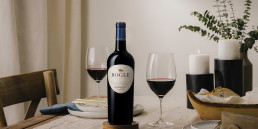
The newest Zinfandel in the Bogle collection is the Heritage Collection Red, in which it’s blended with Petite Sirah. Bogle has dubbed this Zinfandel/Petite Sirah blend as “Heritage” due to the special nature of both grapes: Zinfandel as America’s Heritage Variety, and Petite Sirah as Bogle’s. In 1968, after a number of years farming the land and planting other crops, Warren Bogle planted twenty acres of grapes, Chenin Blanc & Petite Sirah. This was the beginning of Bogle Family Vineyards, and thus they have an extra fondness for these history-rich vines.
Petite Sirah is often blended with Zinfandel in American reds as it lends more tannic structure to the flavours of Zinfandel.
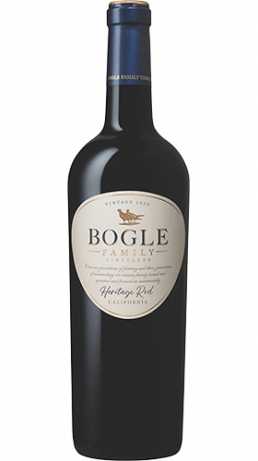
2020 Heritage Collection Red
- Aged for two years in a combination of neutral and two-year-old American oak barrels.
- 14.5% Alc | 40% Zinfandel / 60% Petite Sirah
Radiant deep ruby in color, this wine captivates with enticing aromas of blackberries and cherry cobbler, courtesy of the Petite Sirah. Our premium Zinfandel adds classic notes of juniper berry and capsicum, enriching the bouquet. On the palate, it dazzles with vibrant flavors of Marionberry jam and a hint of white pepper.
Phantom Zinfandel Blend
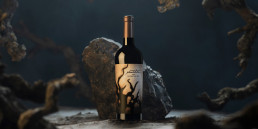
Bogle’s ‘Phantom’ label is a nod to both the family’s name “Bogle” meaning a ghost or folkloric being in Scottish dialect, and the belief in some spooky happenings around the winery. Over the years, frequent and unexplainable sightings at the winery of a mysterious apparition have grown, and thus they honour it. Dubbed their “Proprietary Red” – this wine is again a blend of Zinfandel and Petite Sirah.
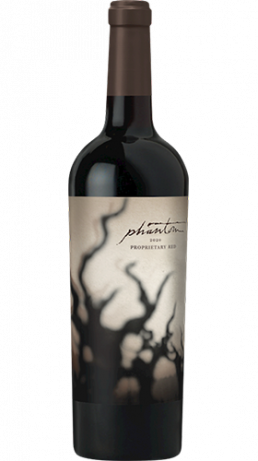
2020 Phantom Proprietary Red Zinfandel Blend
- Aged for two years in a combination of neutral and two-year-old American oak barrels.
- 14.5% Alc | 40% Zinfandel / 60% Petite Sirah
Hauntingly deep ruby in colour, this premium blend of Petite Sirah and Zinfandel opens with aromas of blackberries and cherry cobbler. On the palate, tantalizing flavours of marionberry jam appear first, with hints of white pepper, juniper berry and baking spices coming out of the shadows to seduce the senses. The finish lingers, as plush, velvety tannins possess the palate, softened by 24 months ageing in American oak.
Decoy’s Zinfandel

Decoy is a sub-brand of the famed Duckhorn portfolio, introduced to the DN fold earlier this year Named Wine Brand of the Year 2020 by Market Watch Magazine, they noted their ability to “[attract] a wide swath of consumers, pulling in millennials, Gen Xers, and Boomers alike.” Decoy are serious players in the Napa Valley game, and their Zinfandel is certainly evidence of their skill.
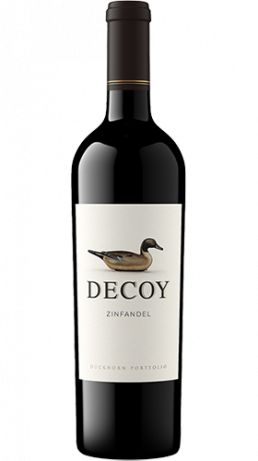
2022 Decoy Zinfandel (Arriving Soon)
- Aged 11 months in 100% French oak 40% new, 60% neutral
- 14.1% alc | 86% Zinfandel, 12% Petite Sirah, 2% Carignane
Big, bold and delicious, this wine greets you with alluring aromas of boysenberry, black cherry, mocha and cinnamon spice. On the palate, voluptuous berry pie and juicy plum flavors are framed by rich, supple tannins, with undercurrents of oak spice adding depth and complexity to the powerful, mouth-filling finish.
A Rose By Any Other Name…
So if Zinfandel is identical genetically to Italy’s Primitivo and Croatia’s Crljenak Kaštelanski (AKA ‘Tribidrag’, which we’ll use from here out for pronunciation reasons), how do they compare? Despite the same genetic profile, their features and styles do differ.
In California, the word that often gets used for Zinfandel is “jammy”. It implies concentrated bright fruit flavours, and is quite accurate in many instances. The warm climate of California has not only welcomed this grape so openly that it was considered native for decades, but has moulded it into a richer portrayal of its European roots. To say “jammy” though, does not mean “sweet and cloying”, it just means that there are often layers of blackberry, bramble and raspberry notes that transport you right into a homestead kitchen. It’s often underscored by a spicy hit of pepper or cinnamon to temper any fruit-sweetness nicely and is an incredible food match due to the supple tannins.
In Italy, Primitivo is mostly grown in Puglia, the ‘heel’ of Italy’s boot shape. Here the grape produces less fruit-forward wines than their American counterparts due to a generally cooler climate than the sunny west-coast state. From Italy, Primitivo is celebrated for being a crowd-pleasing red. It’s accessible for novice wine enthusiasts and casual drinkers due to its low acidity and gentle tannins, but is perfectly capable of satisfying more discerning drinkers with its spice layers and savoury undertones showing dark chocolate and liquorice.
Despite being the grape’s homeland, Tribidrag in Croatia is less widely available and actually grows better in Puglia and California than in Croatia. Those that market the variety often specifically state that it struggles to grow (which we know can sometimes oddly make the wine taste better as the vines work harder.) The aforementioned ‘Plavac Mali’ – a closely related red – is more common. It features many of the same notes of berry and spice, and can be quite high in alcohol.
